What Does the Durability of Your Staircase Depend on?
Have you ever wondered what the average lifespan of a staircase is? Statistics show that normal designs can easily last around 15 years. By taking the right approach and maintaining the staircase regularly, it can serve for more than 25 years. However, the durability of a staircase depends on many factors, including material, operation and more.
What does a quality staircase mean? In the V.PSTAIRS portfolio, you can find many projects that fulfil all the parameters of a quality staircase: safety, aesthetics and functionality. However, even quality construction can eventually fall into disrepair with the manifestation of various defects. In this article we would like to tell you more about what affects the longevity of a staircase and how to maximise its lifespan.
Key Factors Affecting Construction Condition
Obviously, first and foremost, the staircase materials have the biggest impact on how many years it will last you. However, this isn’t the only thing that can increase or decrease the life of the structure. To increase the longevity of your stairs, you should learn about other key factors. Below we want to tell you about the most important points!
1. Materials Used
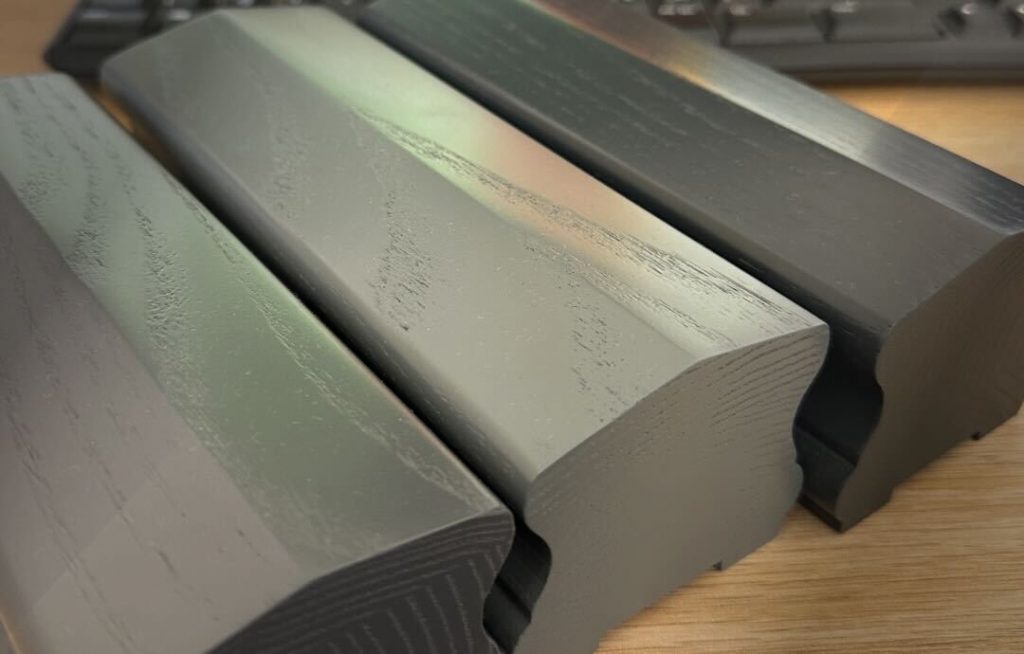
The selection of material directly determines the service life of the staircase. Which option to choose – wood, stone, glass or metal? Let’s take a look at these options!
- Wood. This is one of the most popular options. The drawback of wood is that it is subject to deformation at high humidity and requires regular treatment.
- Stone. This material is durable and resistant to wear and tear. However, stone requires a solid base and precise installation.
- Metal. The use of metal in staircases is characterised by a high load-bearing capacity. What are the nuances? It needs anti-corrosion protection.
- Glass. This material looks unusual and can definitely surprise others. However, glass with improper installation can crack under heavy load.
It is important not only to choose a quality material, but also to adapt it correctly to the operating conditions. For example, for rooms with high humidity, it is better to avoid unprotected wood, and for outdoor constructions it is better to choose stainless steel or heat-treated stone.
2. Quality of Assembly and Manufacturing
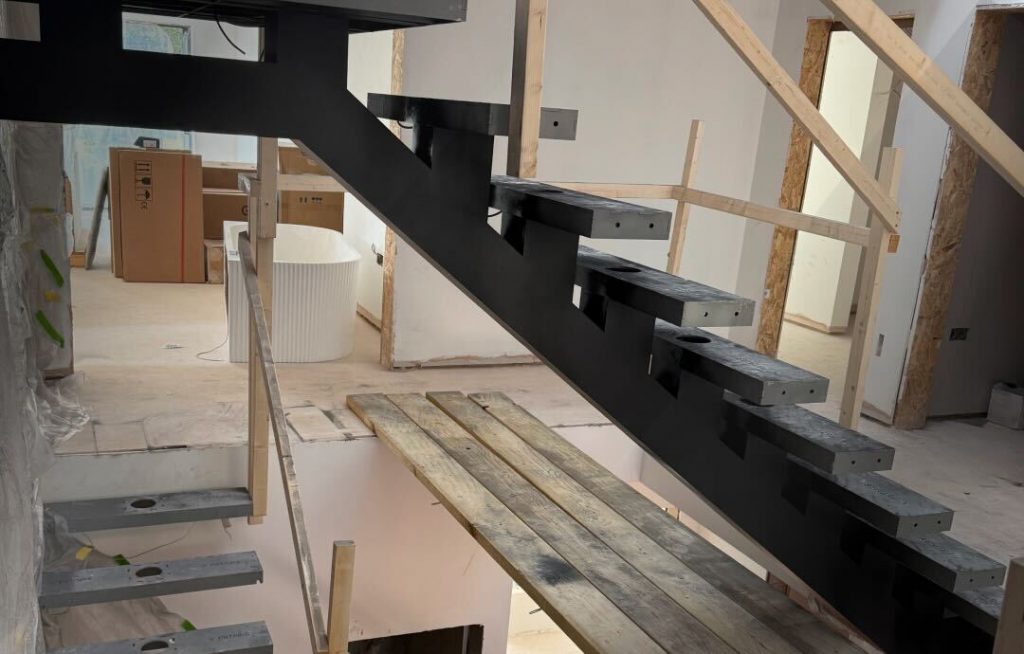
Even ideal materials can make an unreliable staircase, if the manufacturing technology is violated. Errors in calculations, inaccurate fitting of parts, incorrect fastenings – all this reduces the strength and stability of the structure. A reliable staircase is the result of precise design, professional installation and compliance with regulations.
For example, at V.PSTAIRS, we categorically use only quality materials for our projects. We always hand-select thick pieces of metal, wood, stone, and other materials to ensure the best quality staircase. Insufficient thickness (layer) of metal can cause the staircase to sag under the weight of people and make unpleasant creaks.
3. The Way the Staircase Is Used
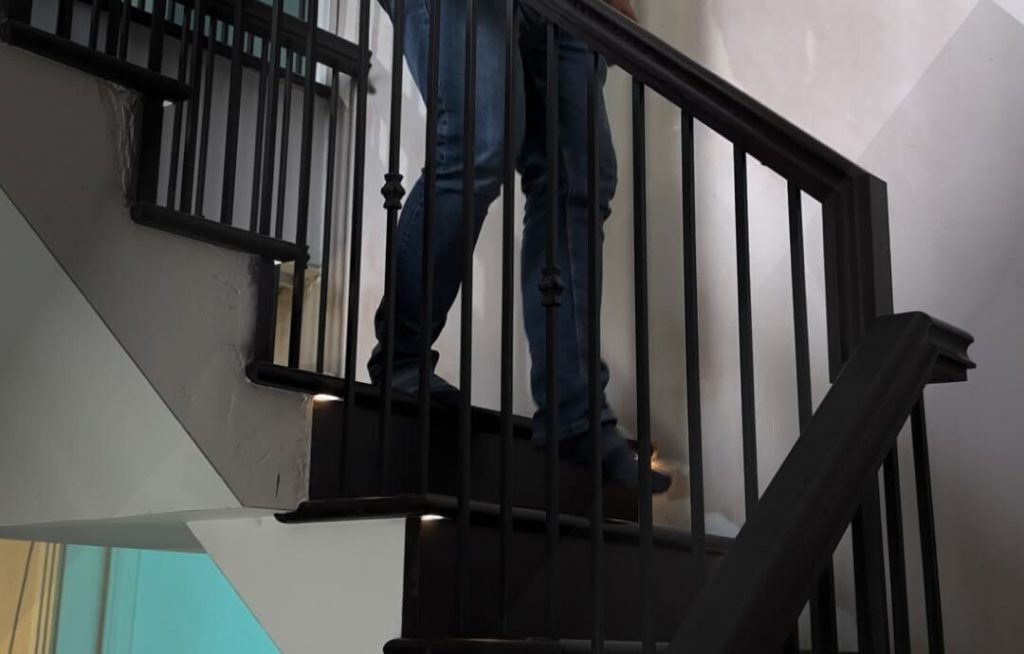
The intensity of use affects wear and tear. A staircase in a private house with two occupants and a staircase in a public building with a flow of people are two different structures. Under daily loading without a safety margin, the structure quickly loses stability: backlashes, chipping, and cracks in the finish appear.
The nature of use is also important. If heavy objects are regularly moved on the staircase or children use it as a play area, this increases the point and dynamic loads. When designing, it is important to consider the intended usage scenarios and select a design with an appropriate safety margin and wear-resistant materials.
4. Regularity of Maintenance
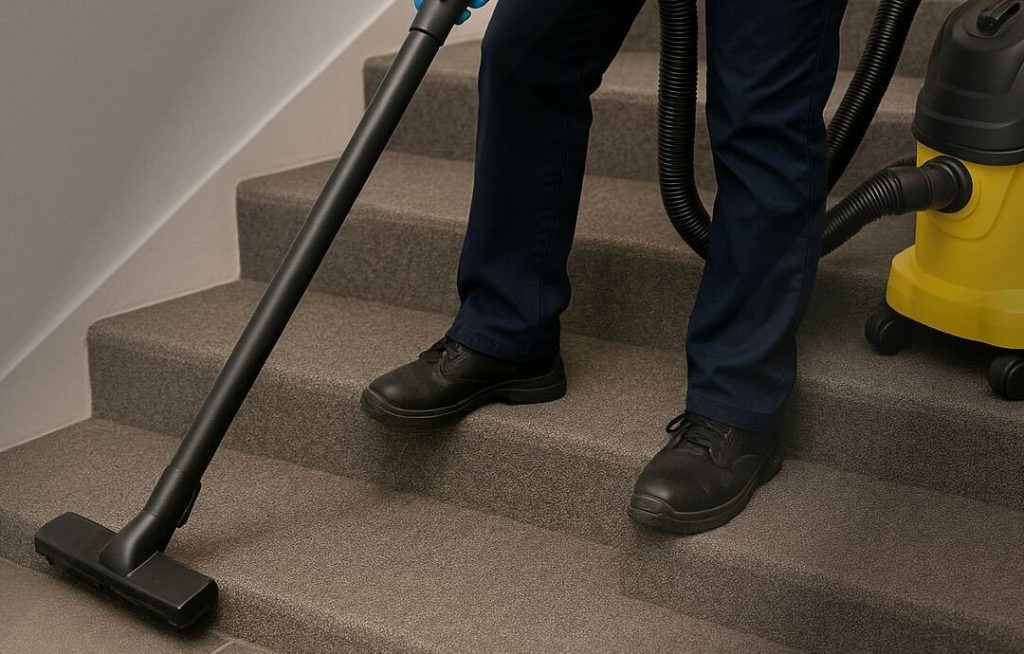
Even the most durable staircase needs maintenance. Dust, moisture, sand – all of these things erode the coating, wear away the protective layer and accelerate wear and tear. Simple regular cleaning and visual inspection can detect problems at an early stage: cracks, loose fasteners, corrosion or chips.
Preventive maintenance is advisable every 6 to 12 months. What do we mean? Tighten connections, renew varnish or paint, and replace worn elements. Neglecting this stage leads to the accumulation of small defects, which over time grow into serious damage to the structure.
5. Impact of the Environment
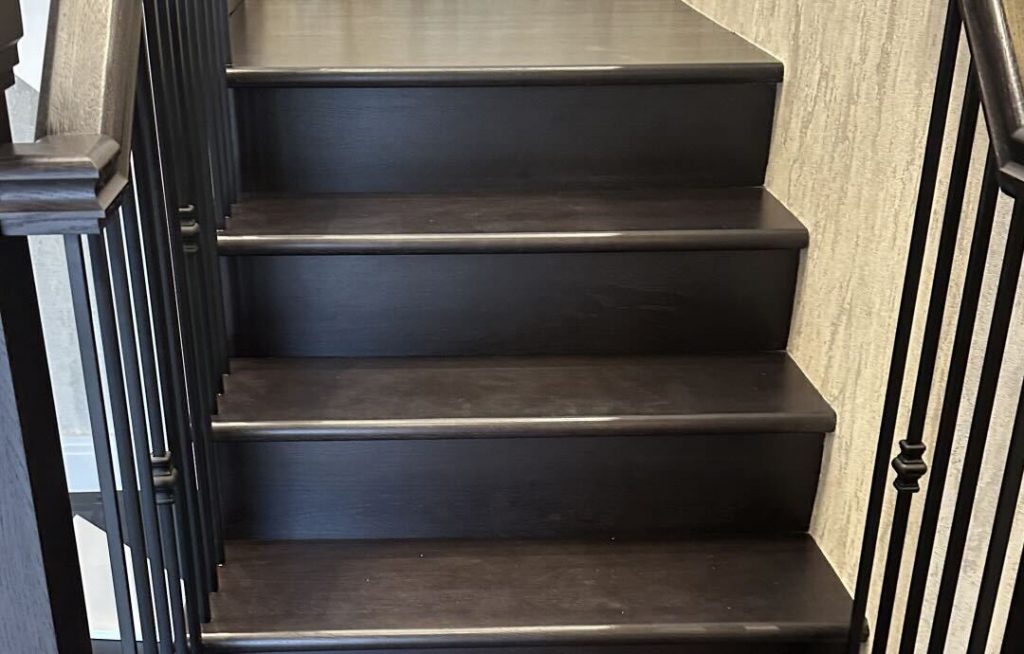
The environment where a staircase is installed has a significant impact on its lifespan. Humid air, temperature fluctuations, exposure to sunlight or aggressive chemical media (e.g. in a garage or production facility) lead to premature deterioration of materials.
Wood can swell or crack and metal can prematurely rust. This is why it is important to take into account the climatic conditions and the specific characteristics of the room when installing. It is also important to use appropriate protective coatings and to organise ventilation properly in order to minimise external influences.
List of Tips to Extend the Life of Your Staircase
Now you know what can harm your staircase. However, all of the above factors are worth considering at the stage of creating the layout and choosing the right materials. What to do when the staircase is already finished? How can you maximise its lifespan? Below, we’ve put together some expert advice that you should know.
- Avoid moisture. Moisture is the main enemy of stairs created from wooden materials. Even the varnishing layer will wear off over time, so water or other liquids can get on the material and damage the staircase. Try to avoid getting moisture on the structure.
- Stick to the recommended load. At the design stage, experts calculate the maximum and optimum load for each staircase. Do not neglect these requirements. Do not load the staircase more than it is prescribed in the technical documentation. In general, a staircase should be able to withstand at least 250kg/m² in residential areas.
- Regular maintenance. The next tip is to regularly check the condition of the structure and maintain it at all times. We recommend having a staircase specialist come in once every 1-2 years for a comprehensive inspection and defect rectification.
Undoubtedly, the best thing to do is not to skimp on the process of building a turnkey staircase. Choose quality materials and entrust this process to trusted professionals. You should also avoid unverified information from dubious sources, as there have been too many myths and misconceptions about staircases lately.
Learn about common myths about staircases
Invest in a Quality Staircase That Will Last for Many Years
The best solution is to invest in high-quality and reliability. Each of you has heard of the saying «penny wise and pound foolish». This describes the situation with stairs well. If you don’t want to end up spending a lot of money over time, don’t fall for too cheap offers. Reliable solutions cannot be too cheap. We recommend choosing only the best materials. As a leading luxury staircase installation company in the UK, we offer a great range of customer services.
Why should you choose V.PSTAIRS? We are professionals who have been in love with our business for over 20 years. We are focused on delivering the best result, so we hand-select the best pieces of materials, design an accurate layout, manufacture and install a turnkey staircase. All you need to do is contact us in any convenient way. If you already have an idea, share it with us or we can develop a unique design for you. Get the staircase of your dreams with V.PSTAIRS!
3 Comments
-
-
vpstairs
Great question, George! Yes, humidity and temperature changes can affect wood, but we use high-quality treated materials and finishes to ensure stability and longevity in British homes.
-
-
Hannah Lewis
We had a staircase built 15 years ago, and it’s still as solid as day one. Craftsmanship really makes a difference.
Comments are closed.
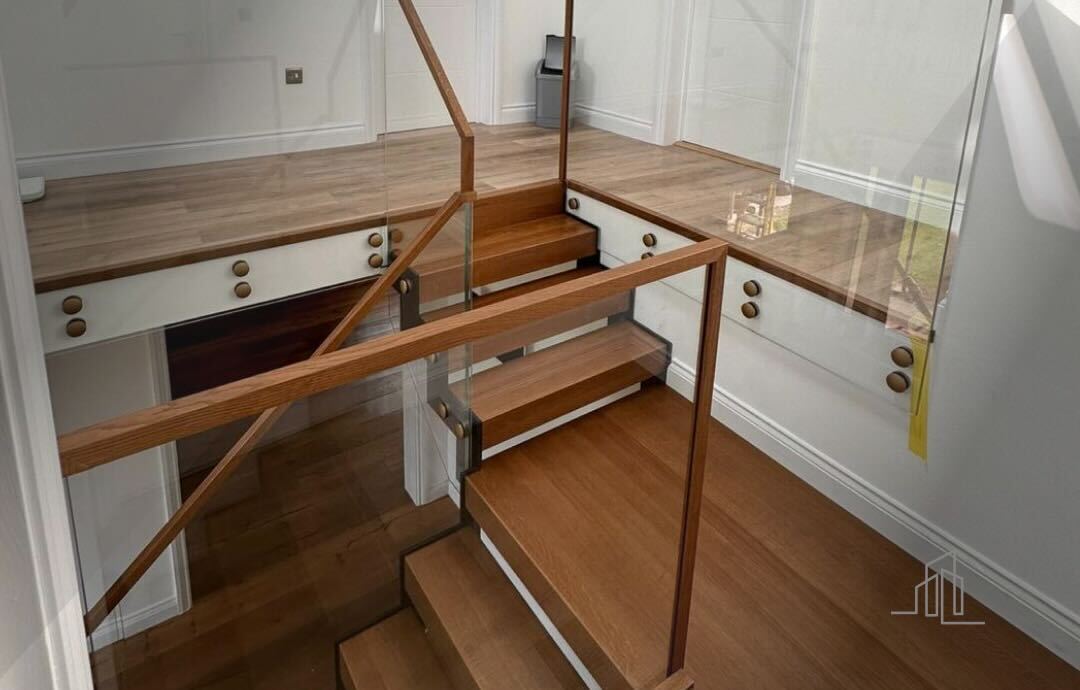

George Matthews
Interesting read. Does the climate in the UK affect the durability of wooden staircases in the long run?